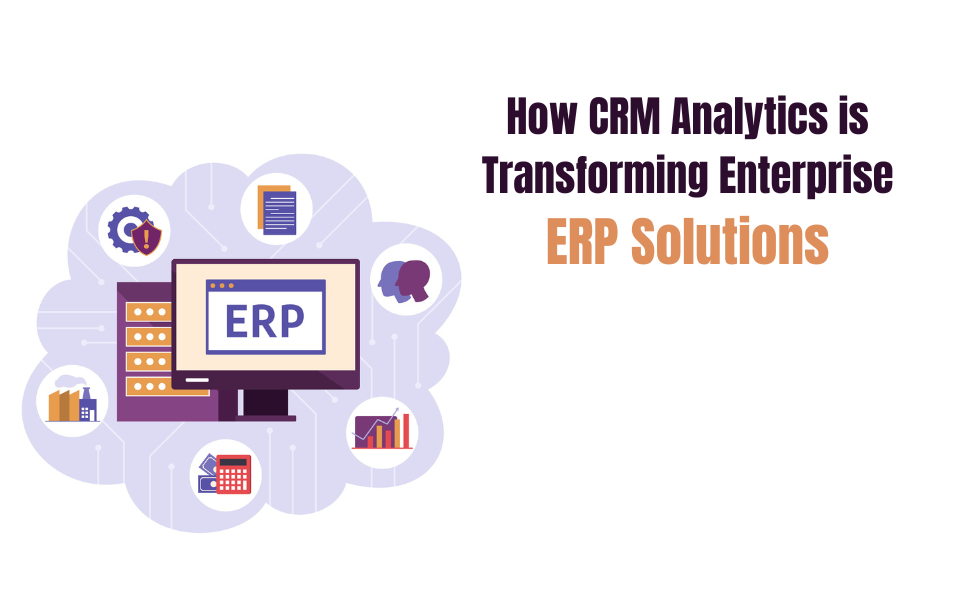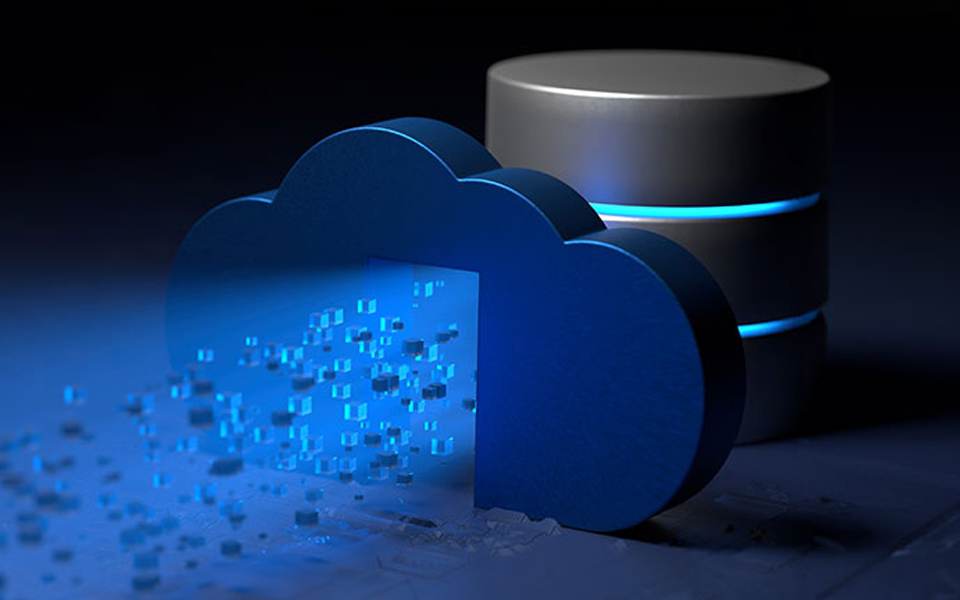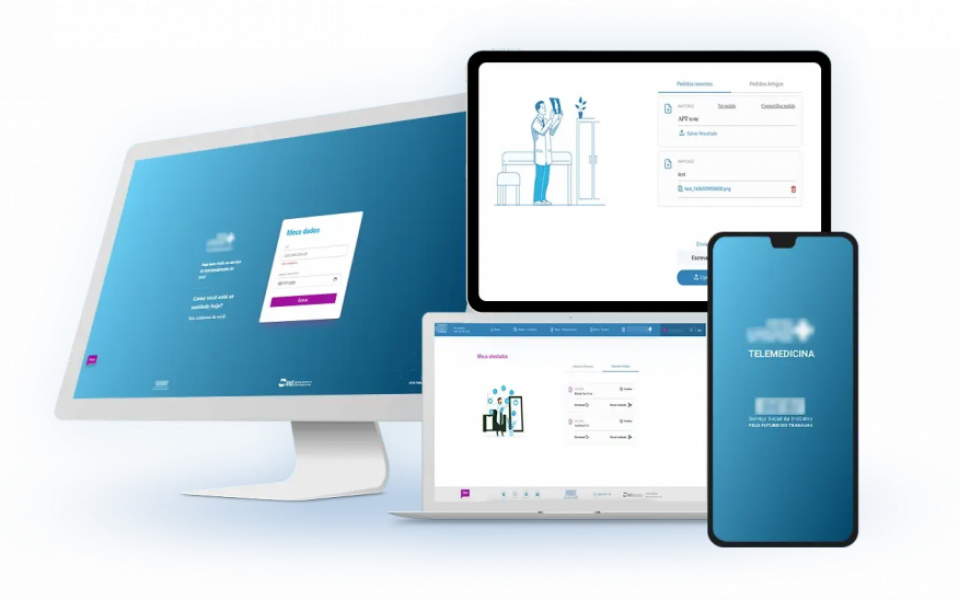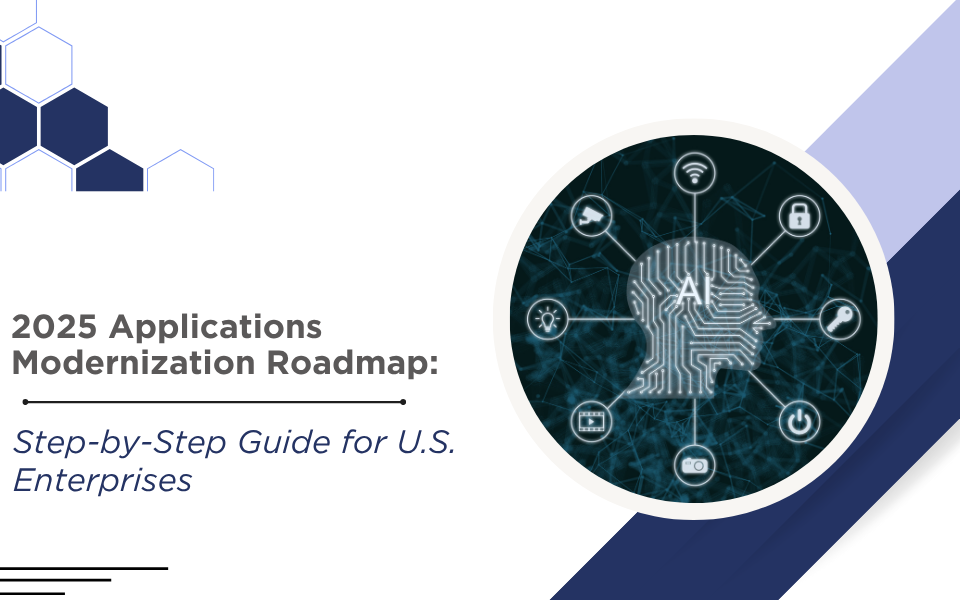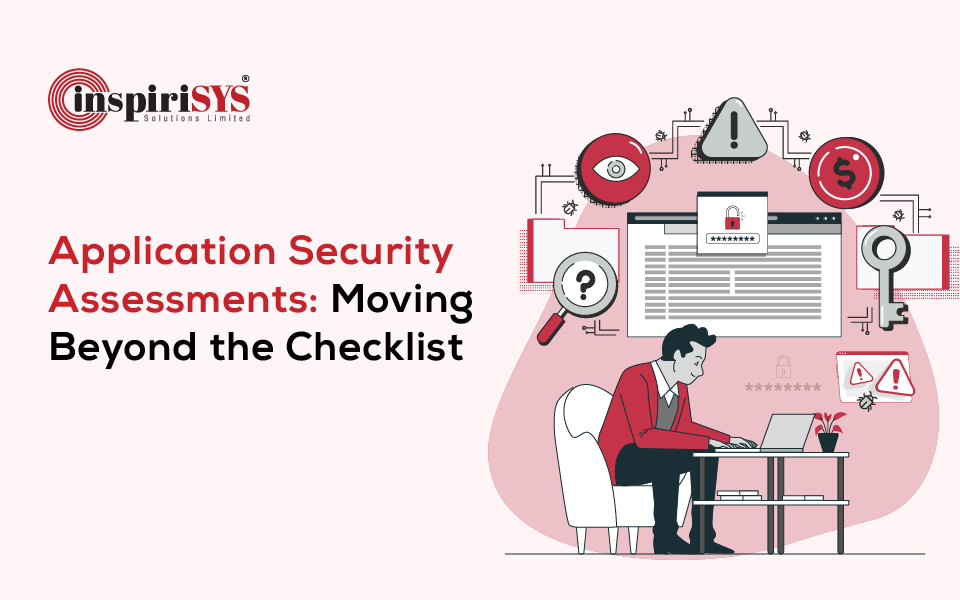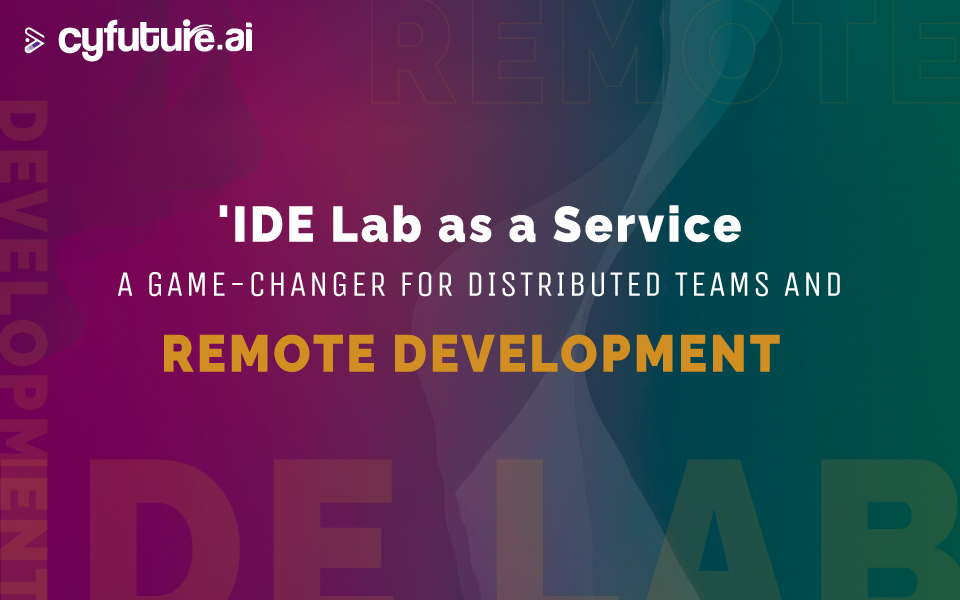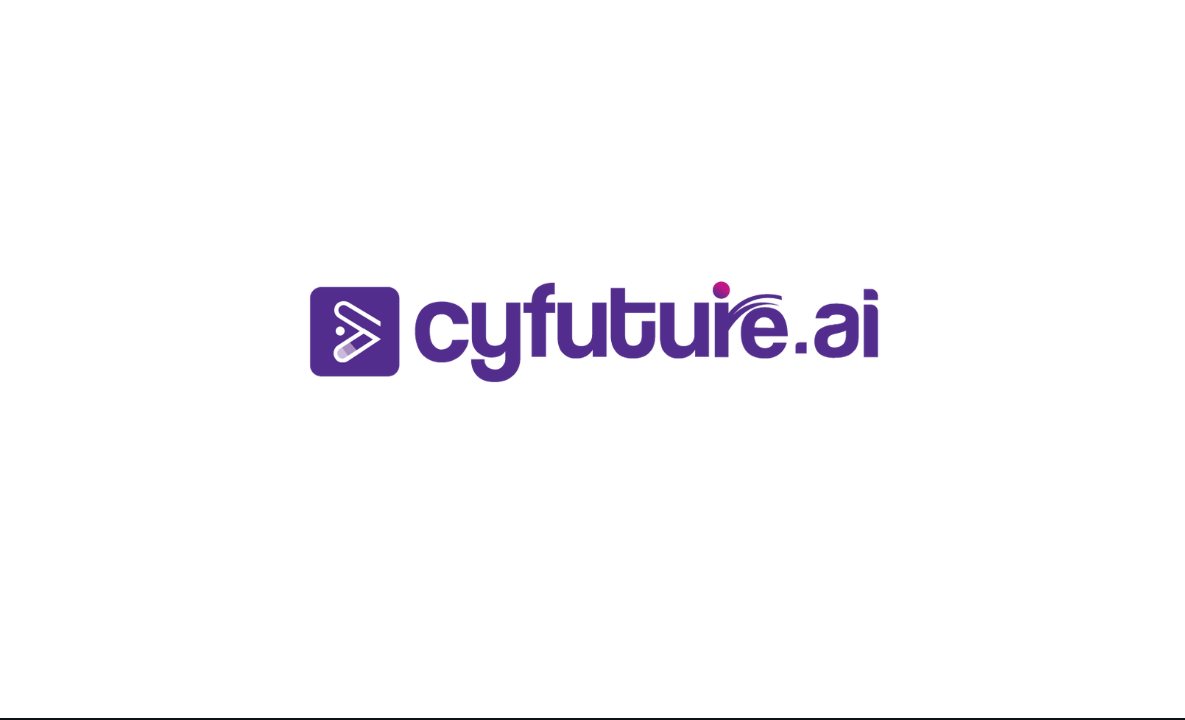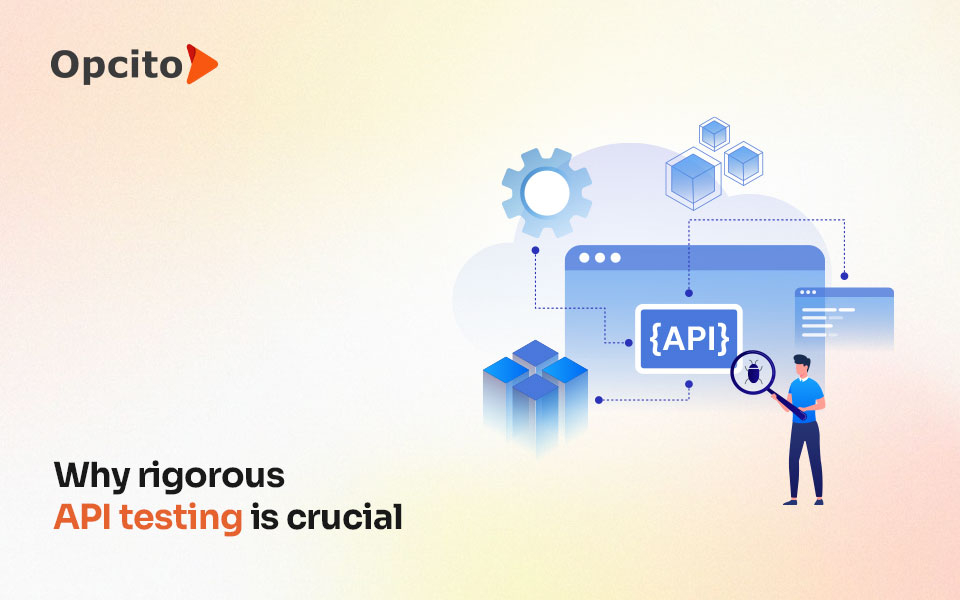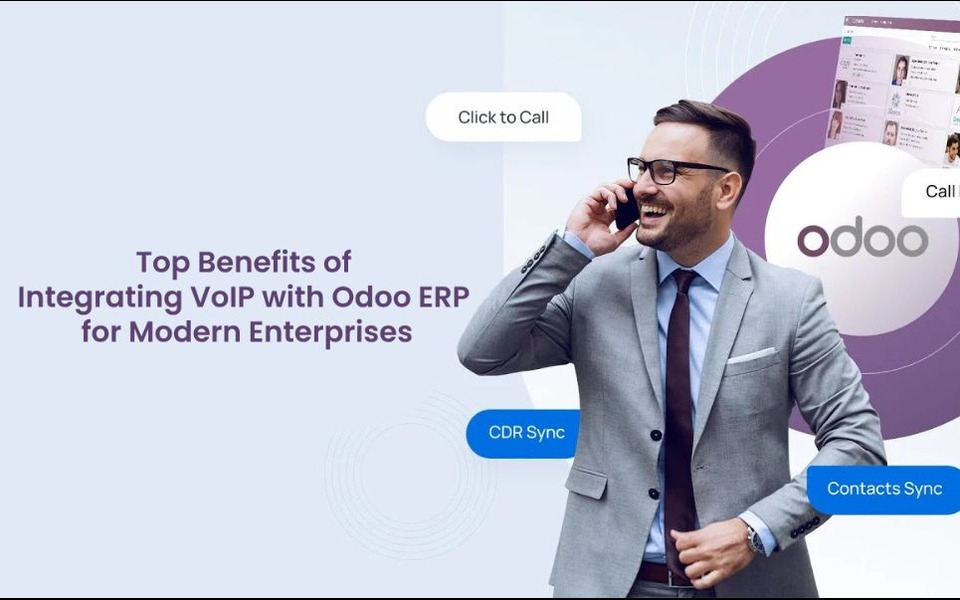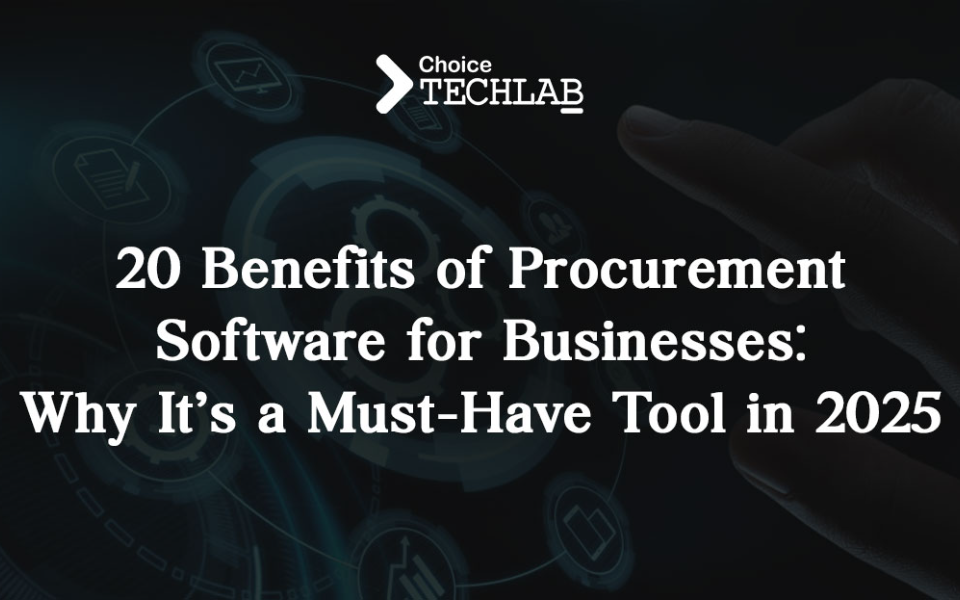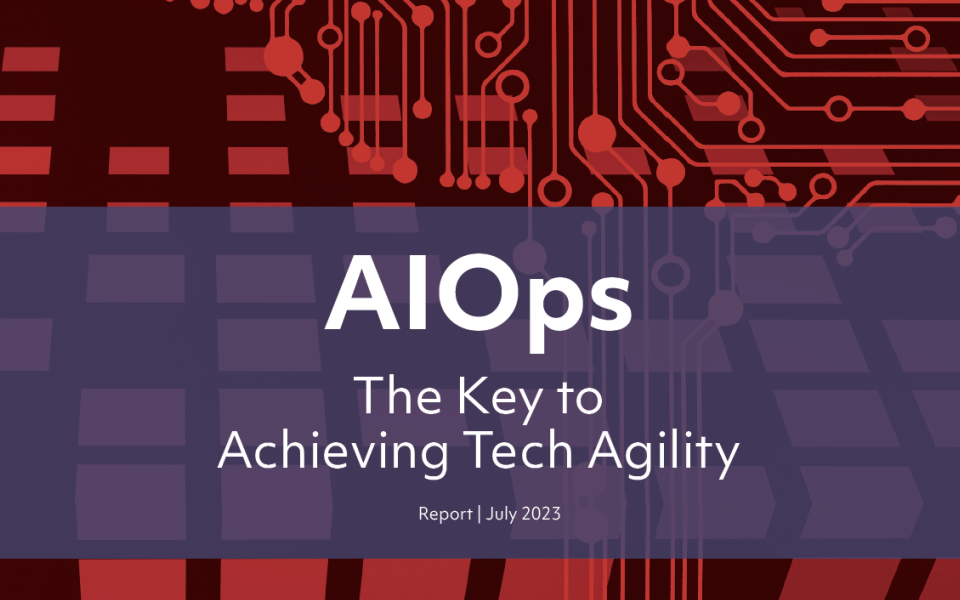As enterprises strive to become more customer-centric and data-driven, the lines between CRM and ERP systems are becoming increasingly blurred. Traditionally, CRM focused on managing customer relationships, while ERP handled core operations, such as finance, inventory, and HR. Today, CRM analytics is emerging as a critical bridge—injecting intelligence, responsiveness, and agility into enterprise ERP environments.
With the surge of real-time data, changing buyer behavior, and the need for hyper-personalized services, modern ERP systems must go beyond transactional efficiency. By embedding CRM analytics into the ERP stack, organizations are unlocking new levels of operational intelligence, demand forecasting, and customer-centric process automation.
This transformation is not simply a technology upgrade—it’s a shift in how enterprises align internal operations with external market realities. Forward-thinking companies now view CRM analytics as a strategic engine within ERP development itself.
The Evolving Role of CRM Analytics
CRM analytics goes far beyond dashboards and reports. It leverages AI, machine learning, and big data to deliver actionable insights from customer interactions across channels. These insights not only refine marketing and sales strategies but also influence how back-office systems operate.
When integrated with ERP platforms, CRM analytics enable enterprises to align procurement with customer demand trends, optimize supply chains based on historical sales data, and automate service workflows driven by customer feedback.
As a result, organizations achieve tighter cross-functional integration—from finance reacting faster to changing revenue cycles, to production adjusting outputs based on shifting demand signals. This synergy is only possible when CRM analytics becomes a native part of the ERP development lifecycle.
Driving Intelligent Demand Planning and Forecasting
One of the most impactful ways CRM analytics enhances ERP systems is through demand planning. Sales trends, customer engagement metrics, and service inquiries feed into AI models that forecast future demand. These predictions enable ERP systems to manage inventory levels, procurement schedules, and logistics with significantly greater accuracy.
Without CRM analytics, ERP forecasting relies heavily on historical averages and lagging indicators. With analytics in play, forecasting becomes dynamic and responsive to real-time inputs.
Businesses can reduce excess inventory, prevent stockouts, and better align production with actual market needs. This level of planning intelligence is fast becoming essential for manufacturers, distributors, and retail enterprises undergoing digital transformation.
Personalizing Enterprise Workflows
Enterprise ERP systems were traditionally built for scale, not personalization. But today’s workforce expects tools that adapt to context, behavior, and role-specific needs—just like modern consumer apps. CRM analytics enables this by bringing behavioral intelligence into the core ERP architecture.
For example, when integrated with employee management modules, CRM analytics can help customize onboarding processes, tailor training recommendations, or even inform talent retention strategies based on employee engagement patterns.
In customer-facing roles, service agents accessing the ERP platform can benefit from prior customer behavior insights, which accelerates issue resolution and increases satisfaction. These adaptive workflows are now a defining feature of next-generation development strategies.
Enhancing Financial Visibility and Revenue Optimization
CRM analytics introduces a layer of financial intelligence that traditional ERP modules lack. By analyzing customer payment histories, buying cycles, and credit behavior, finance teams can better predict cash flow, identify risk exposure, and segment clients for optimized payment terms.
Revenue recognition, too, becomes smarter. Enterprises can identify upsell and cross-sell opportunities by analyzing customer usage patterns across CRM datasets, then feeding those insights directly into ERP revenue forecasting tools.
For CFOs and finance leaders, this means greater control, reduced revenue leakage, and sharper alignment between customer value and operational spending.
Enabling Agile Decision-Making Across the Enterprise
Speed of insight is a competitive advantage. CRM analytics equips ERP users with real-time dashboards that provide a unified view of current business health, customer sentiment, and operational KPIs.
This empowers leaders across departments—from supply chain to HR to finance—to make informed decisions without waiting for batch reports or relying on siloed analytics teams. It also supports proactive risk management, allowing businesses to course-correct before disruptions escalate.
The ability to operationalize customer data across internal systems is reshaping how enterprises structure their decision-making hierarchies. It’s a direct outcome of aligning CRM intelligence with ERP workflows—something only possible through modern development frameworks.
Python’s Role in Custom CRM-ERP Integration
The demand for flexible, scalable CRM-ERP integrations has fueled a rise in open-source technologies, with Python leading the way. As a language known for rapid development, data science, and API integration, Python has become the backbone for building intelligent ERP extensions.
Enterprises are increasingly seeking out a Python Software Development Company to build custom analytics modules, integrate CRM data pipelines, or deploy AI models within ERP environments. Python’s ecosystem—rich in libraries for machine learning, NLP, and data visualization—makes it ideal for embedding CRM analytics into ERP systems without compromising performance.
Whether it’s building a real-time reporting engine or enabling AI-driven automation, Python allows ERP developers to deliver innovation with both speed and stability.
Scaling Automation with Unified Intelligence
Modern ERP platforms are automation hubs. But the quality of automation depends heavily on the quality of input data and insights. CRM analytics enhances this by feeding ERP bots and workflows with context-rich, customer-aware signals.
Procurement approvals can be routed based on sales pipeline predictions. Production schedules can auto-adjust to incoming customer orders. Loyalty insights can trigger marketing and invoicing automation—all managed from a single ERP interface.
This unified intelligence ensures that automation is not only efficient but also aligned with actual business intent. In a world moving toward autonomous operations, CRM analytics offers a strategic edge.
Future-Proofing ERP Investments
Enterprises are under increasing pressure to digitize while maintaining control over costs. Investing in more innovative ERP development that integrates CRM analytics provides long-term benefits in terms of agility, cost reduction, and enhanced customer experience. It also ensures systems are not just reactive to today’s needs, but proactive about tomorrow’s challenges.
CRM-ERP convergence is fast becoming a cornerstone of enterprise digital strategy. Businesses that prioritize this integration are positioning themselves to scale, adapt, and innovate continuously, without the friction of outdated, disconnected systems.
By building ERP systems that think, learn, and act in tandem with customer behavior, enterprises create a digital core that drives competitive advantage.
Final Thought
CRM analytics is no longer a luxury add-on—it is a critical enabler of enterprise efficiency, personalization, and growth. As it continues to reshape how businesses engage customers, manage operations, and make decisions, its role in modern ERP development will only deepen.
For enterprises seeking to modernize and future-proof their systems, partnering with a skilled Python Software Development Company ensures the flexibility, intelligence, and scalability necessary for this transformation. In the convergence of CRM and ERP lies the next frontier of enterprise innovation—and analytics is at the heart of it.




